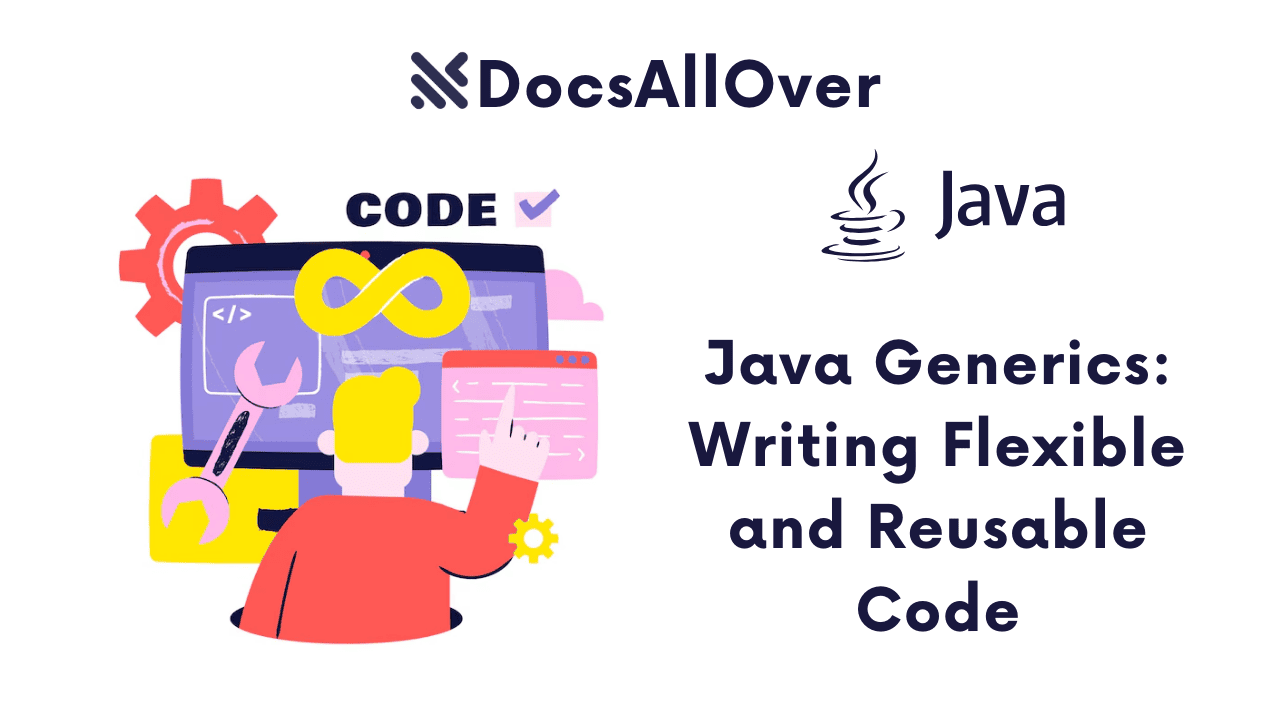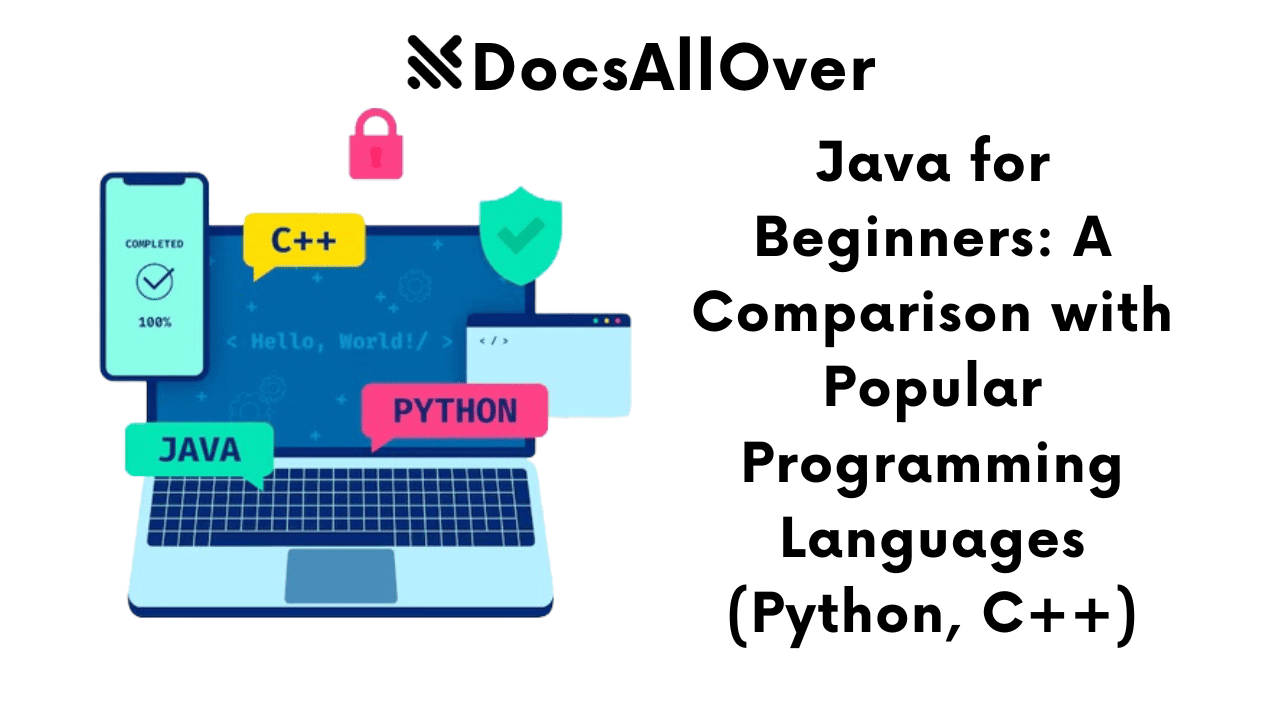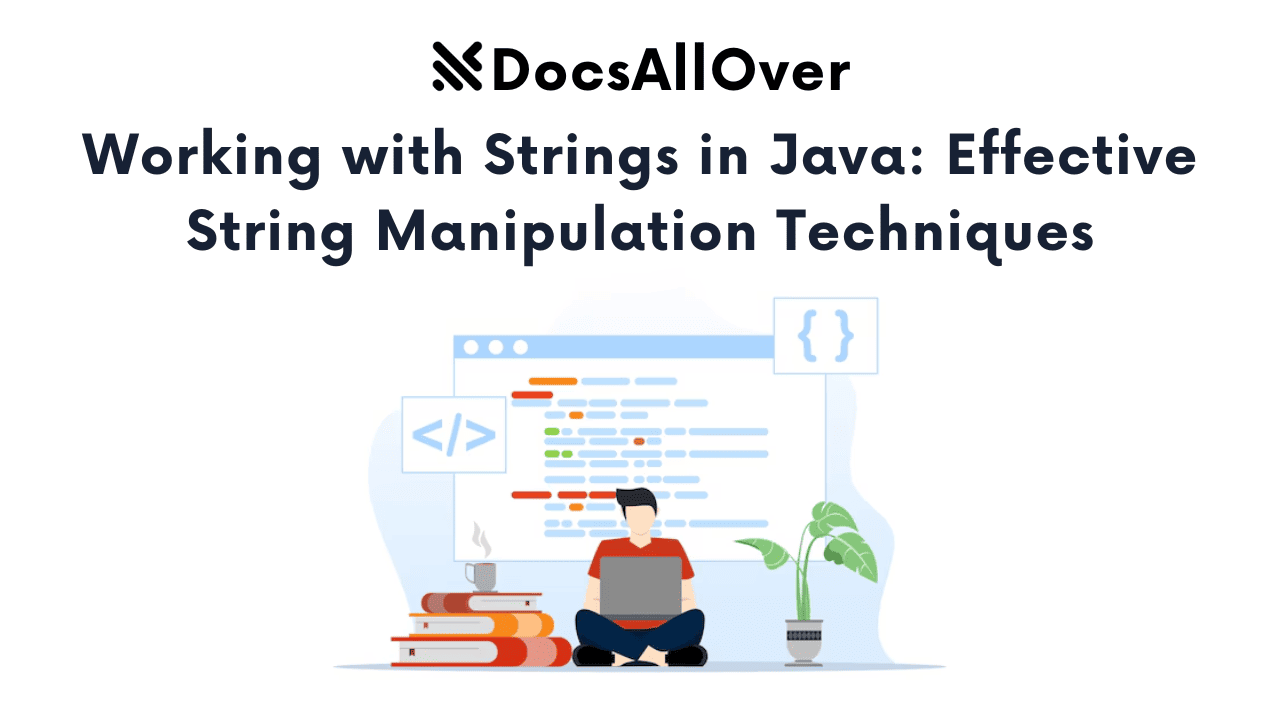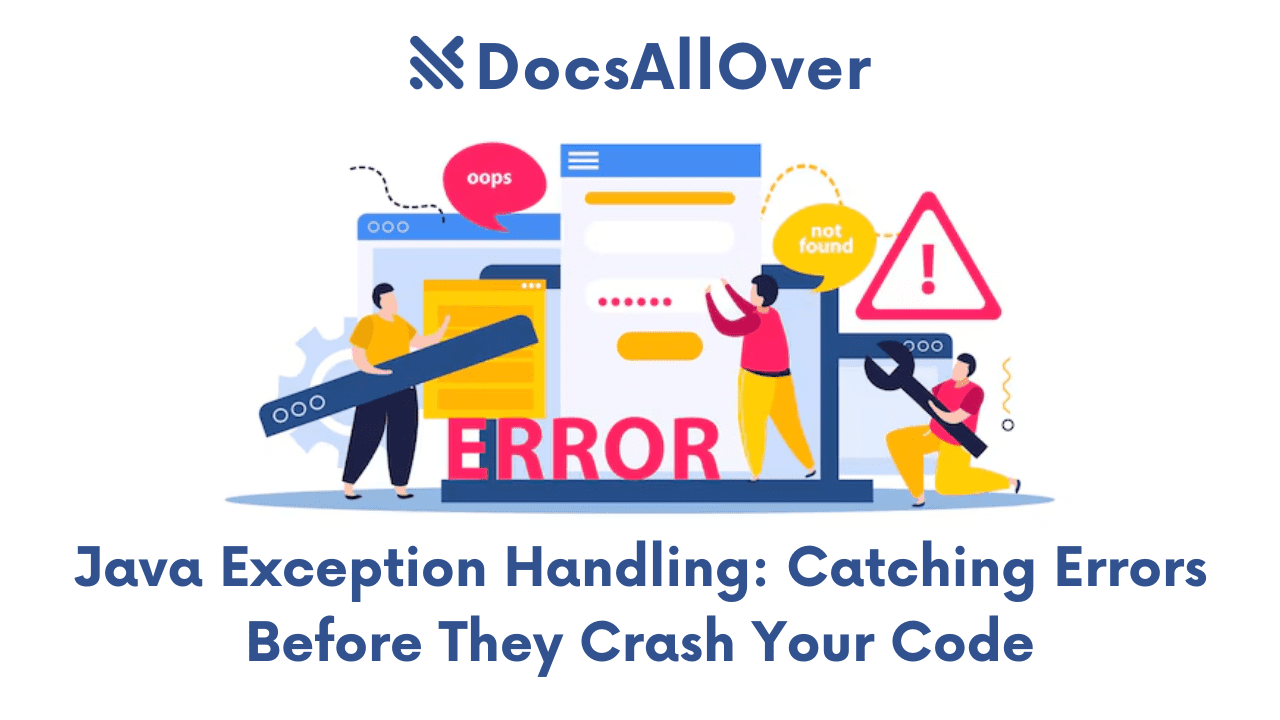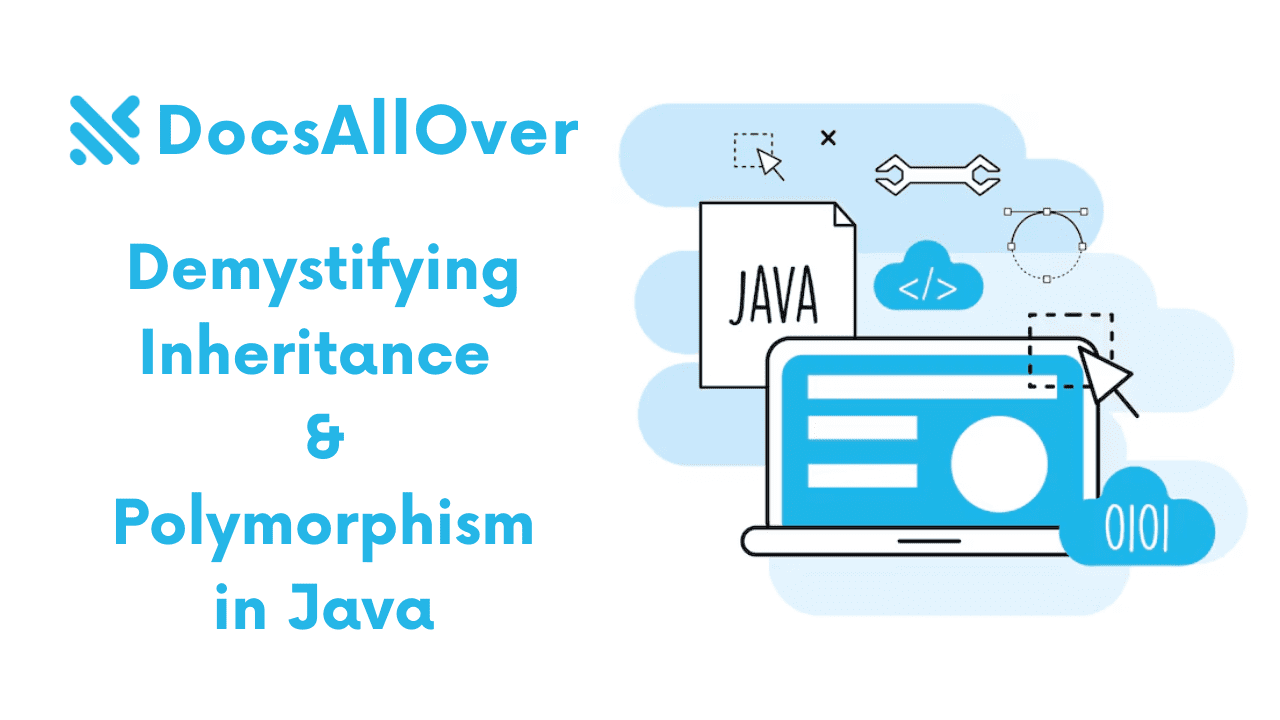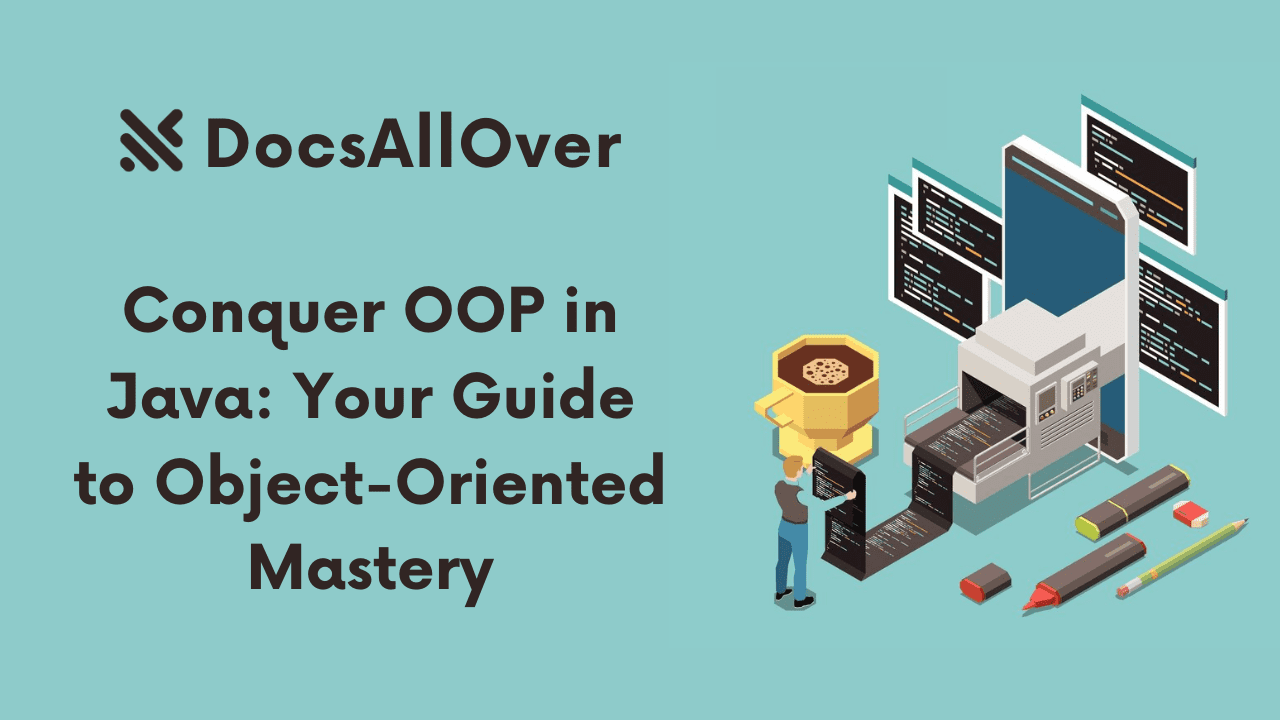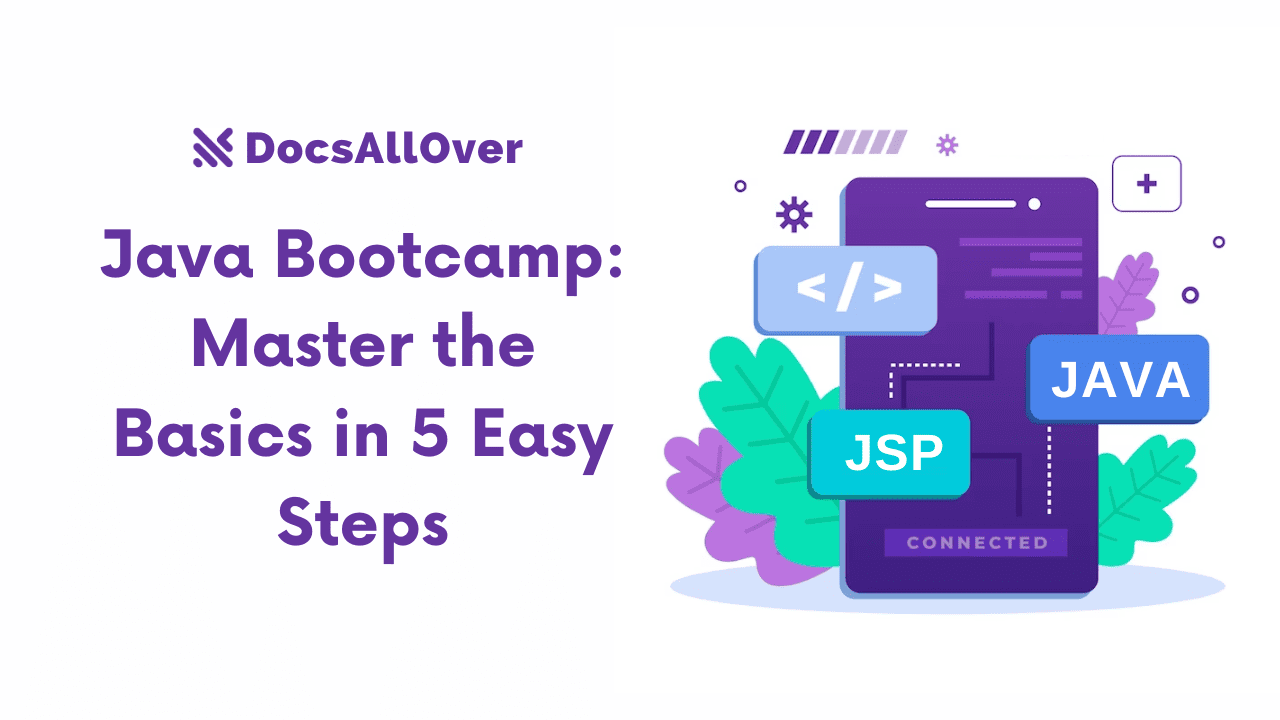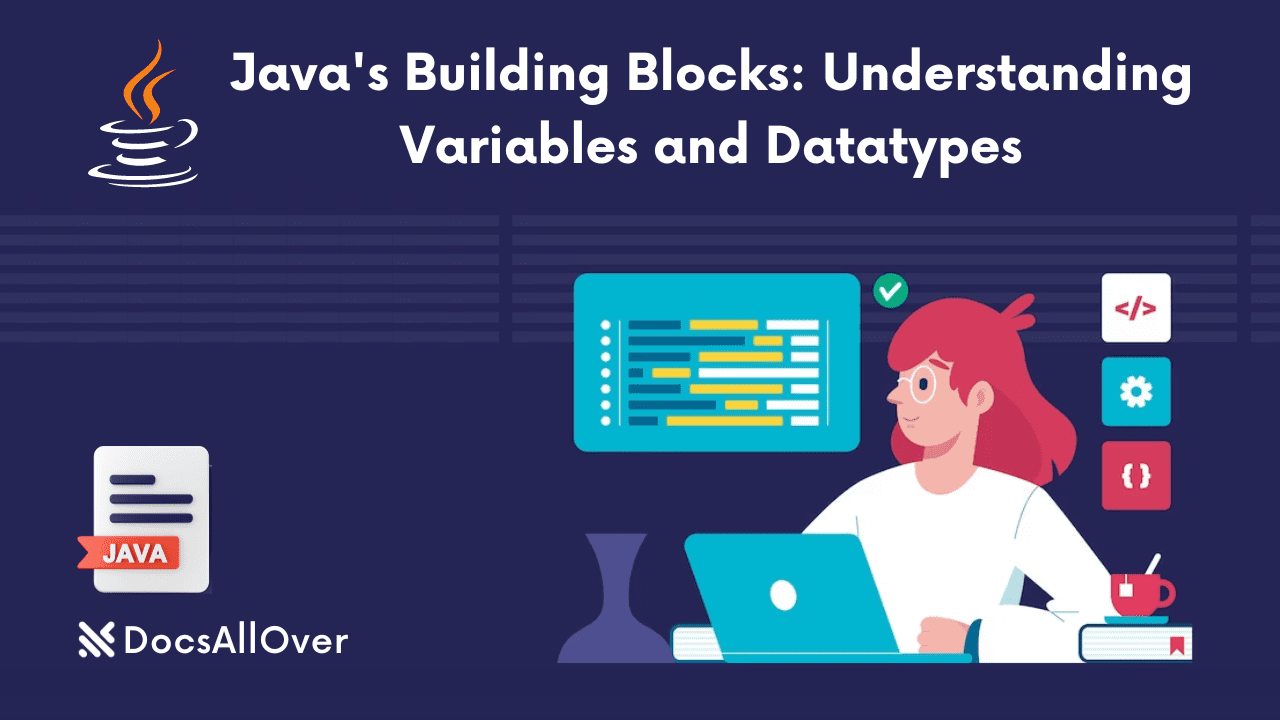Java I/O Operations Explained: Reading, Writing, and Working with Files

Importance of I/O operations in Java applications:
- Input/Output (I/O) operations are fundamental to most Java applications.
- They enable applications to interact with external resources, such as files, networks, and databases.
- I/O operations are essential for tasks like reading configuration files, processing user input, storing application data, and communicating with other systems.
- Without I/O, applications would be isolated and unable to persist or exchange data.
- I/O operations allow for data persistence, which is critical for application state.
- I/O allows java applications to interact with the operating system, and hardware.
Overview of Java's I/O capabilities:
- Java provides a rich set of classes and interfaces in the
java.ioandjava.niopackages for performing I/O operations. - Java supports both byte streams and character streams for handling different types of data.
- The Java File API allows for the creation, deletion, and manipulation of files and directories.
- Java's NIO.2 (New I/O 2) framework introduces the
PathandFilesclasses, which provide a more modern and efficient way to work with files. - Java provides buffered streams, which increase the performance of I/O operations.
- Java provides object serialization, which allows objects to be written to and read from files.
Purpose of this blog post:
- This blog post aims to provide a comprehensive guide to Java I/O operations.
- It will cover the essential concepts and techniques for reading, writing, and working with files in Java.
- It will explain the different types of streams and their use cases.
- It will demonstrate how to use the Java File API and NIO.2 for file management.
- It will discuss best practices for efficient file I/O and exception handling.
- It will provide practical examples and use cases to illustrate the concepts.
- The goal is to equip readers with the knowledge and skills needed to effectively perform I/O operations in Java applications.
Understanding Java I/O Streams
What are streams?
- In Java I/O, a stream represents a sequence of data that flows from a source to a destination.
- It provides an abstraction for reading and writing data, regardless of the underlying data source or destination.
- Streams allow data to be processed sequentially, which is efficient for handling large amounts of data.
- They handle the complexities of data transfer, allowing developers to focus on data processing logic.
- Streams can represent data from files, network connections, memory buffers, or other I/O devices.
Byte streams vs. Character streams:
- Byte Streams:
- Byte streams are used for reading and writing raw binary data (bytes).
- They are suitable for handling files that contain non-textual data, such as images, audio, and video.
- Byte stream classes are typically subclasses of
InputStreamandOutputStream. - Examples:
FileInputStream,FileOutputStream,BufferedInputStream,BufferedOutputStream.
- Character Streams:
- Character streams are used for reading and writing character data (text).
- They handle character encoding and decoding, ensuring that text data is processed correctly.
- Character stream classes are typically subclasses of
ReaderandWriter. - Examples:
FileReader,FileWriter,BufferedReader,BufferedWriter,InputStreamReader,OutputStreamWriter. - Character streams are built on top of byte streams, and handle character encoding.
Input streams vs. Output streams:
- Input Streams:
- Input streams are used for reading data from a source.
- They provide methods for reading bytes or characters from the input source.
- Input streams are represented by the abstract classes
InputStreamandReader. - Examples:
FileInputStream,BufferedReader.
- Output Streams:
- Output streams are used for writing data to a destination.
- They provide methods for writing bytes or characters to the output destination.
- Output streams are represented by the abstract classes
OutputStreamandWriter. - Examples:
FileOutputStream,BufferedWriter.
Common Java stream classes (FileInputStream, FileOutputStream, BufferedReader, BufferedWriter, etc.):
- FileInputStream: A byte stream for reading data from a file.
- FileOutputStream: A byte stream for writing data to a file.
- BufferedReader: A character stream that provides buffering for efficient reading of text data.
- BufferedWriter: A character stream that provides buffering for efficient writing of text data.
- FileReader: A character stream for reading character files.
- FileWriter: A character stream for writing character files.
- BufferedInputStream: A byte stream that provides buffering for efficient reading of byte data.
- BufferedOutputStream: A byte stream that provides buffering for efficient writing of byte data.
- InputStreamReader: A character stream that bridges between byte streams and character streams, by decoding bytes into characters.
- OutputStreamWriter: A character stream that bridges between character streams and byte streams, by encoding characters into bytes.
Reading Files in Java
Reading text files using BufferedReader:
BufferedReaderis a character stream that provides efficient reading of text files by buffering characters, reducing the number of disk I/O operations.- It reads text line by line, which is convenient for processing text data.
- It wraps a
Readerobject, such asFileReader, to provide buffering. - Example:
Reading binary files using FileInputStream:
- FileInputStream is a byte stream used for reading raw binary data from files.
- It reads data as a sequence of bytes, suitable for non-textual files.
- Example:
Reading files line by line:
- The
BufferedReader.readLine()method simplifies line-by-line reading. - This is common for CSV files, log files, or any text file where each line represents a record.
- (See the first example, it already demonstrates this)
Handling exceptions during file reading:
- I/O operations can throw
IOExceptionif errors occur during file reading. FileNotFoundExceptionis a subclass ofIOExceptionthat is thrown when the specified file does not exist.- Use
try-catchblocks to handle exceptions and prevent application crashes. - Use
try-with-resourcesto automatically close streams and release resources. - Example (expanded with more specific catch blocks):
Best practices for efficient file reading:
- Buffering: Always use
BufferedReaderorBufferedInputStreamfor significant performance gains. - Chunking: Read binary files in chunks (using byte arrays) to manage memory usage.
try-with-resources: Employ try-with-resources to guarantee proper resource cleanup.- Specific Exception Handling: Catch specific exceptions (e.g.,
FileNotFoundException) when possible, to handle errors appropriately. - Encoding: When reading text files, specify the correct character encoding to avoid garbled text.
- Minimize Redundant Operations: Avoid unnecessary repeated reads or calculations within the reading loop.
- Memory mapped files: For extremely large files, consider using memory mapped files, which can provide better performance than standard I/O streams.
- Async I/O (NIO): For very high throughput applications, explore non-blocking asynchronous I/O with Java NIO.
Writing Files in Java
Writing text files using BufferedWriter:
BufferedWriterenhances the efficiency of writing text files by buffering characters, reducing the number of disk I/O operations.- It's particularly useful for writing large text files or when writing line by line.
- It wraps a
Writerobject, such asFileWriter, to provide buffering. - Example:
Writing binary files using FileOutputStream:
FileOutputStreamis designed for writing raw byte data, making it suitable for images, audio, video, and other non-text files.- It provides low-level access to file data.
- Example:
Appending data to existing files:
- To append data to an existing file, use the
FileWriterconstructor with theappendparameter set totrue. - This ensures that the new data is added to the end of the file, rather than overwriting its contents.
- Example:
Handling exceptions during file writing:
- I/O operations can throw
IOExceptionif errors occur during file writing. - Use
try-catchblocks to handle exceptions and prevent application crashes. - Use
try-with-resourcesto automatically close streams and release resources. - Example: (See the first example, it already demonstrates this)
Best practices for efficient file writing:
- Buffering: Always use
BufferedWriterorBufferedOutputStreamfor significant performance gains. - Chunking: Write binary files in chunks (using byte arrays) to manage memory usage and improve performance.
try-with-resources: Employtry-with-resourcesto guarantee proper resource cleanup.- Specific Exception Handling: Catch specific exceptions when possible, to handle errors appropriately.
- Encoding: When writing text files, specify the correct character encoding to avoid issues.
- Flush and Close: Ensure that you flush and close your streams properly, especially after writing critical data.
- Minimize I/O Operations: Reduce the number of write operations by buffering or batching data.
- File locking: If multiple threads, or processes, access the same file, consider using file locking.
Working with the Java File API
Creating and deleting files and directories:
- The
Fileclass can be used to create new files and directories. - The
createNewFile()method creates a new empty file. - The
mkdir()method creates a new directory. - The
mkdirs()method creates a new directory, including any necessary parent directories. - The
delete()method deletes a file or directory. - Example:
Checking file existence and attributes:
- The
exists()method checks if a file or directory exists. - The
isFile()method checks if a file is a regular file. - The
isDirectory()method checks if a file is a directory. - The
length()method returns the size of a file in bytes. - The
lastModified()method returns the last modified timestamp of a file or directory. - Example:
Listing files and directories:
- The
list()method returns an array of strings representing the files and directories in a directory. - The
listFiles()method returns an array ofFileobjects representing the files and directories in a directory. - Example:
Renaming and moving files:
- The
renameTo()method renames or moves a file or directory. - Example:
Using Path and Files classes (NIO.2):
- The
Pathinterface andFilesclass, introduced in NIO.2, provide a more modern and efficient way to work with files and directories. Pathrepresents a file or directory path.Filesprovides static methods for common file operations.- Example:
Buffered I/O and Performance Considerations
Benefits of buffered I/O:
- Buffered I/O significantly improves file I/O performance by reducing the number of physical disk accesses.
- Instead of reading or writing one byte or character at a time, buffered streams read or write data in larger chunks.
- This reduces the overhead associated with each I/O operation, resulting in faster data transfer.
- Buffered streams use an internal buffer to temporarily store data, which is then transferred to or from the disk in larger, more efficient blocks.
- It reduces the number of calls to the operating system.
Using BufferedInputStream and BufferedOutputStream:
BufferedInputStreamandBufferedOutputStreamare byte streams that provide buffering for reading and writing binary data.- They wrap other byte streams, such as
FileInputStreamandFileOutputStream, to add buffering capabilities. - Example:
Using BufferedReader and BufferedWriter:
BufferedReaderandBufferedWriterare character streams that provide buffering for reading and writing text data.- They wrap other character streams, such as
FileReaderandFileWriter, to add buffering capabilities. - They are particularly useful for reading and writing text files line by line.
- Example:
Performance tips for file I/O operations:
- Use buffering: Always use buffered streams (
BufferedInputStream,BufferedOutputStream,BufferedReader,BufferedWriter) for efficient I/O. - Chunking: When working with byte streams, read or write data in larger chunks (using byte arrays) to minimize I/O operations.
try-with-resources: Usetry-with-resourcesto ensure that streams are closed automatically and resources are released promptly.- Minimize I/O operations: Reduce the number of I/O operations by batching data or performing operations in memory whenever possible.
- Choose the right stream: Use byte streams for binary data and character streams for text data.
- File encoding: When working with character streams, specify the correct character encoding to avoid data corruption.
- File locking: If multiple threads or processes access the same file, use file locking to prevent data corruption.
- Memory-mapped files: For very large files, consider using memory-mapped files, which allow you to access file data as if it were in memory.
- Async I/O (NIO): For high-performance applications, explore non-blocking asynchronous I/O using Java NIO.2.
- Optimize disk access: If possible, store frequently accessed files on faster storage devices, such as SSDs.
- Avoid unnecessary object creation: In tight loops, avoid creating new objects that are quickly discarded.
Handling Exceptions in Java I/O
Common I/O exceptions (IOException, FileNotFoundException, etc.):
- IOException: The most general I/O exception. It covers various I/O errors, such as read/write failures, network issues, and file system problems.
- FileNotFoundException: A subclass of
IOExceptionthat is thrown when a file cannot be found. - EOFException: A subclass of
IOExceptionthat is thrown when an unexpected end-of-file is reached during input. - MalformedURLException: A subclass of
IOExceptionthrown when a URL is malformed. - UnsupportedEncodingException: Thrown when a character encoding is not supported.
- NotSerializableException: Thrown when an object cannot be serialized.
Using try-catch blocks for exception handling:
try-catchblocks are used to handle exceptions that may occur during I/O operations.- The
tryblock contains the code that may throw an exception. - The
catchblock contains the code that handles the exception. - It is important to catch specific exceptions whenever possible to provide appropriate error handling.
- Example:
Using try-with-resources for automatic resource management:
- The
try-with-resourcesstatement automatically closes resources (such as streams) when they are no longer needed. - This simplifies exception handling and ensures that resources are released properly.
- Resources used within the try section must implement the
AutoCloseableinterface. - Example:
Practical Examples and Use Cases
Reading and processing CSV files:
- CSV (Comma Separated Values) files are commonly used for storing tabular data.
BufferedReadercan be used to read CSV files line by line, andString.split()can be used to parse the data.- Example:
Writing log files:
- Log files are essential for debugging and monitoring applications.
BufferedWritercan be used to write log messages to a file.- Example:
Copying files:
FileInputStreamandFileOutputStreamcan be used to copy files.BufferedInputStreamandBufferedOutputStreamcan be used to improve performance.- Example:
Downloading files from URLs:
URLandURLConnectionclasses can be used to download files from URLs.InputStreamandFileOutputStreamcan be used to read and write the file data.- Example:
Serializing and deserializing objects to files:
- Object serialization allows objects to be converted into a byte stream and written to a file.
- Object deserialization allows objects to be read from a file and converted back into objects.
ObjectOutputStreamandObjectInputStreamare used for serialization and deserialization.- Example:
